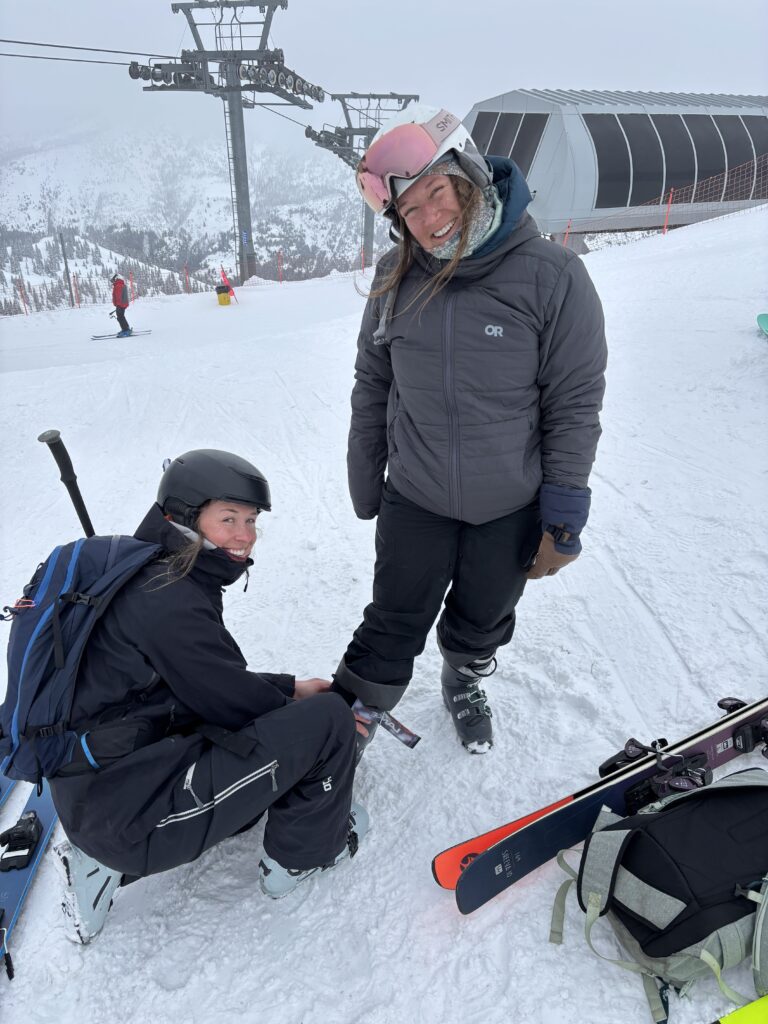Meet NWAC’s Non-Profit Team: Rusty Rustigian, Product Manager
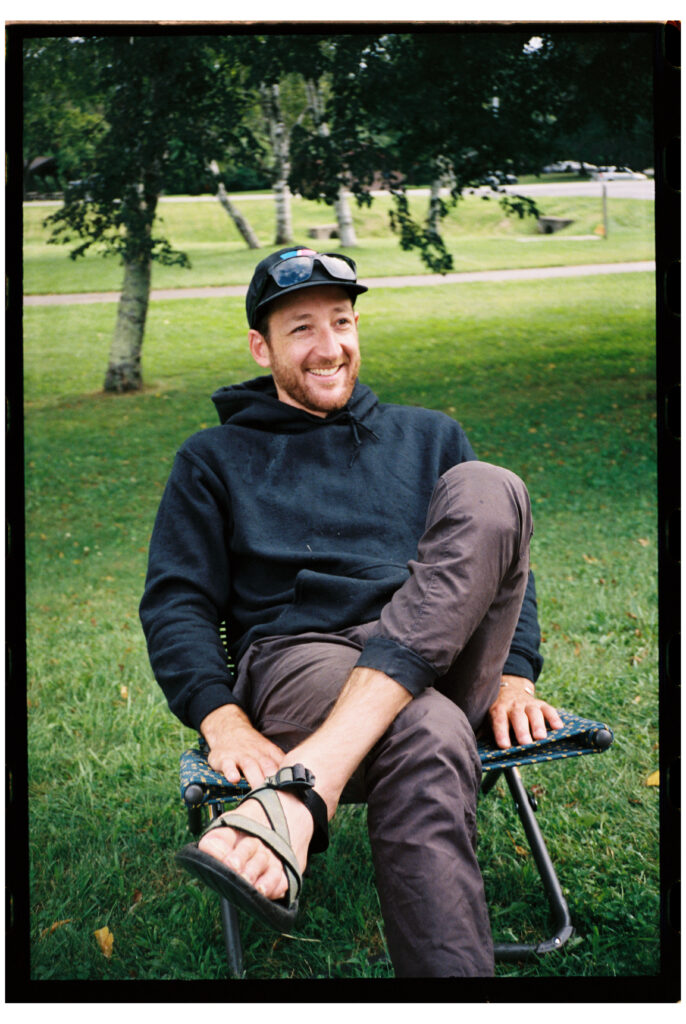
What brought you to NWAC?
I couldn’t get a job in 2010 when I moved to Seattle so I started volunteering for NWAC. There were only 2 nonprofit staff at the time and they eventually created a position for me. After 5 years I moved to Bozeman, MT and did a number of jobs in both nonprofit and tech. 9 years later, I was helping NWAC solve for a new website initiative which led to my return.
What’s your role at NWAC, and what does a typical day look like for you?
Product Manager – I manage our mobile app (Avy) and a new collaborative website build between avalanche centers across the country. Basically we’re building a condo complex for avalanche centers rather than building and maintaining our own single-family homes. I spend a lot of time coordinating stakeholders and the design/build team. There are a lot of decisions to make around which features to prioritize within our small organization budget.
What’s one NWAC program or initiative you’ve been especially proud to contribute to?
Currently I’m really proud of all the collaboration and momentum we have behind building these tech products. Rusty x NWAC 1.0: I was really proud of the rebrand we did back in like 2011(?!). The rebrand was followed by a ton of outreach and it felt like we were able to turn NWAC into an organization that people wanted to be a part of.
What’s your favorite place in the NWAC Fx zones to spend time and what do you love about it?
It’s been a minute but the Snoqualmie Pass zone for its hidden gems.
What’s one thing you want every backcountry user to know?
Scott Schell told me 10+ years ago when I was a young chucklehead: Persistent Weak Layers are truly so unpredictable and as uncertainty increases, your terrain choice should become equally conservative. That framing really helped me refrain from trying to outsmart the problem.
What excites you most about the future of NWAC and/or avalanche safety?
Obviously all the tech stuff we’re working on. There’s so much opportunity to streamline not just our forecasting products but all the other content that is redundant center to center. I think it’s the vision and collaboration that particularly lights me up, but the resulting products have so much potential for both the users and the staff behind the scenes.
Describe a particularly memorable day on snow from this past season.
Nowadays it’s just as much about the people, place, and community as it is about sliding on snow. I had a string of visitors in February, and I got to show them some of my favorite spots in some world-class conditions. Sharing that with them and them experiencing why I live where I do felt pretty special.
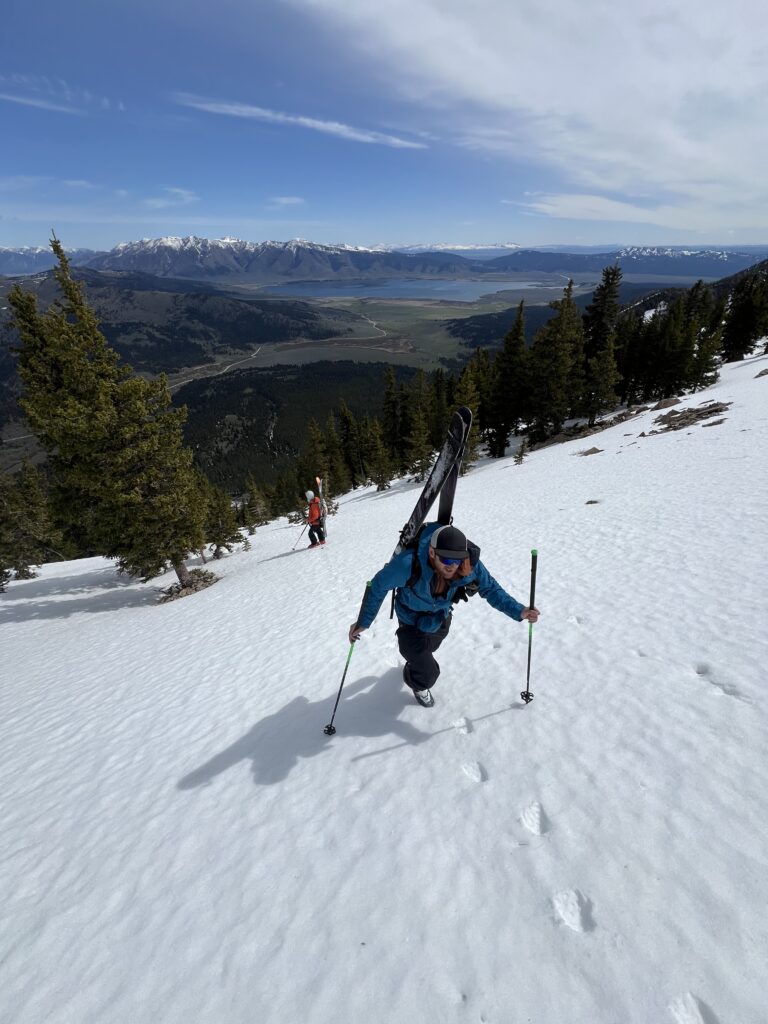
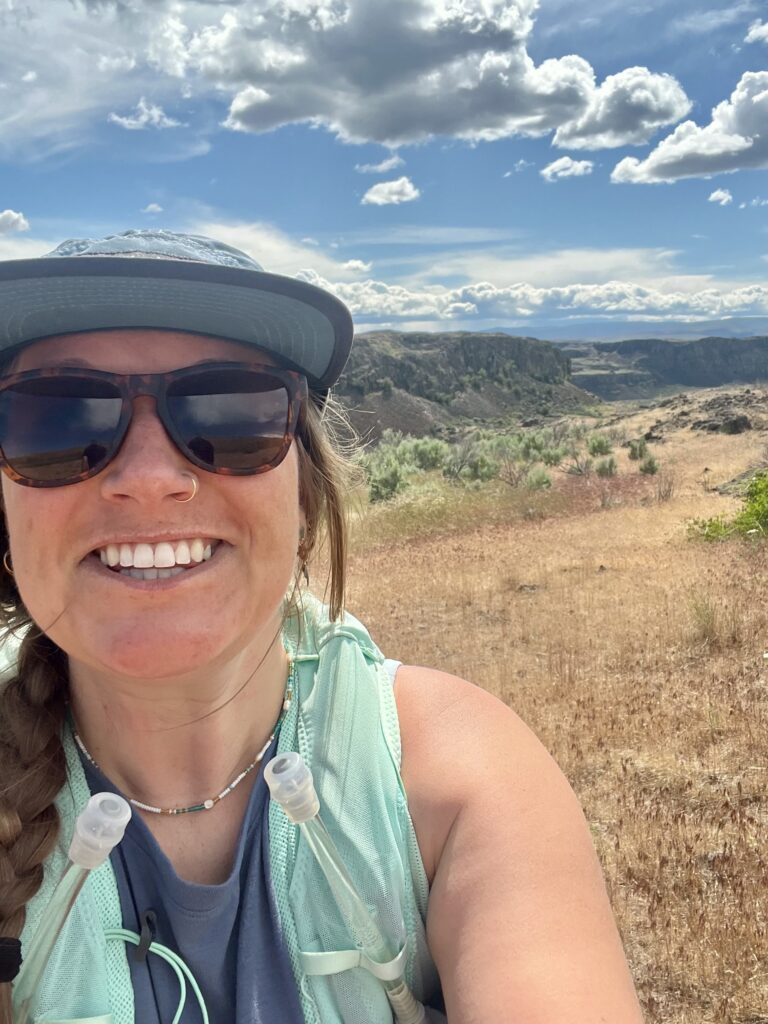
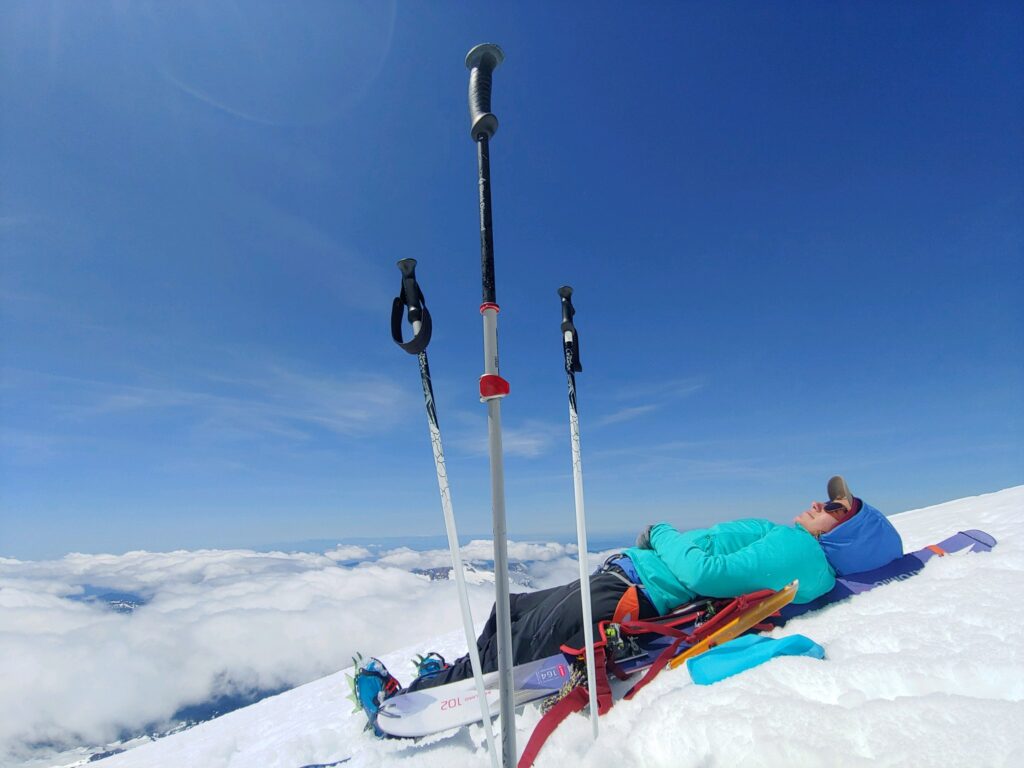
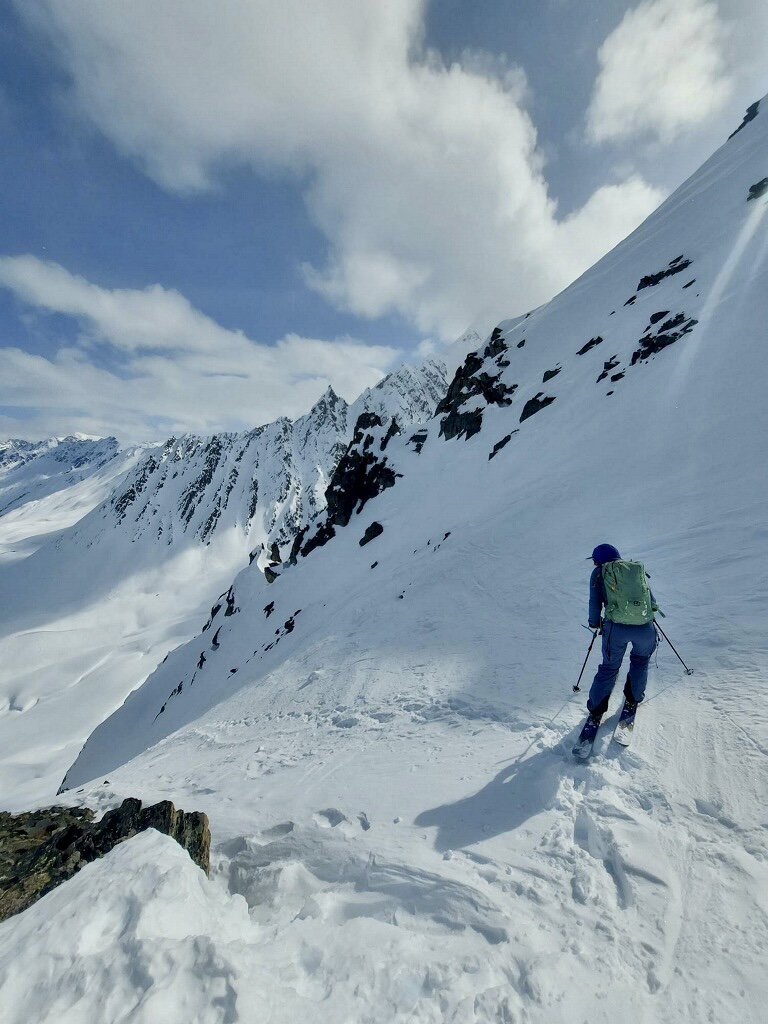
 Our education ethos is to meet unmet needs in the avalanche education landscape and I feel like we are really leaning into that in a way that I hope will greatly benefit backcountry users in the Pacific Northwest. As we continue to improve long-time programs and build new programs, we’re approaching everything from a place of “what need is this serving?” We’re able to think strategically about which populations we’re serving well, which populations we’re not engaging as well, and how to make strides towards closing that gap. We’ve got some new education programming debuting next season and I’m really excited for what more NWAC can do in the future.
Our education ethos is to meet unmet needs in the avalanche education landscape and I feel like we are really leaning into that in a way that I hope will greatly benefit backcountry users in the Pacific Northwest. As we continue to improve long-time programs and build new programs, we’re approaching everything from a place of “what need is this serving?” We’re able to think strategically about which populations we’re serving well, which populations we’re not engaging as well, and how to make strides towards closing that gap. We’ve got some new education programming debuting next season and I’m really excited for what more NWAC can do in the future.